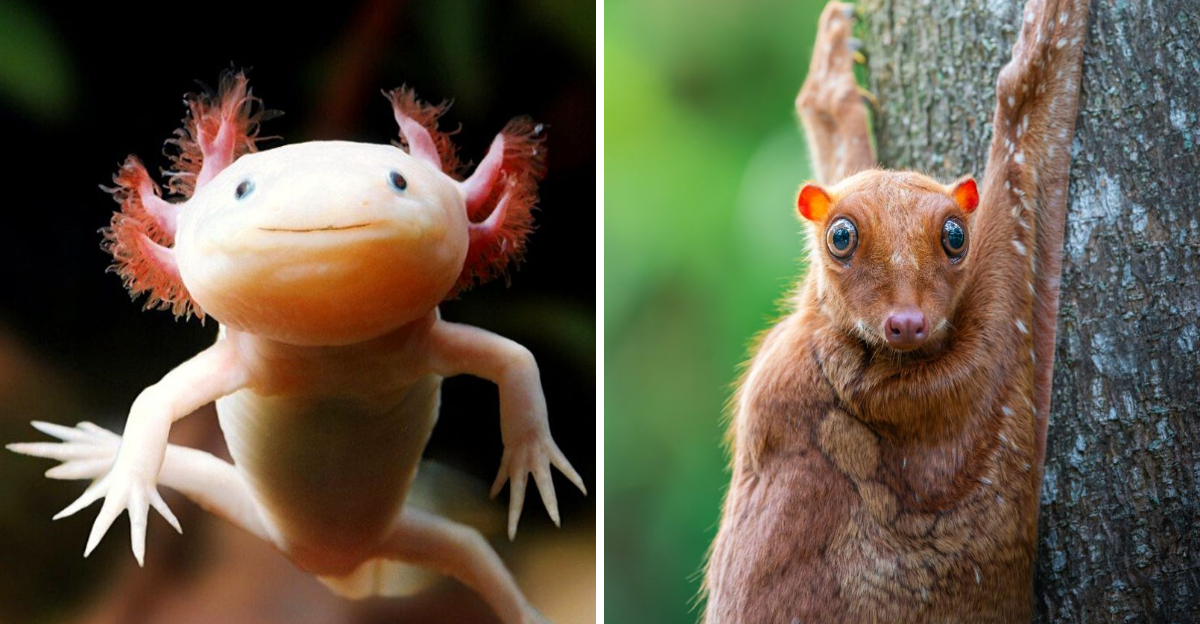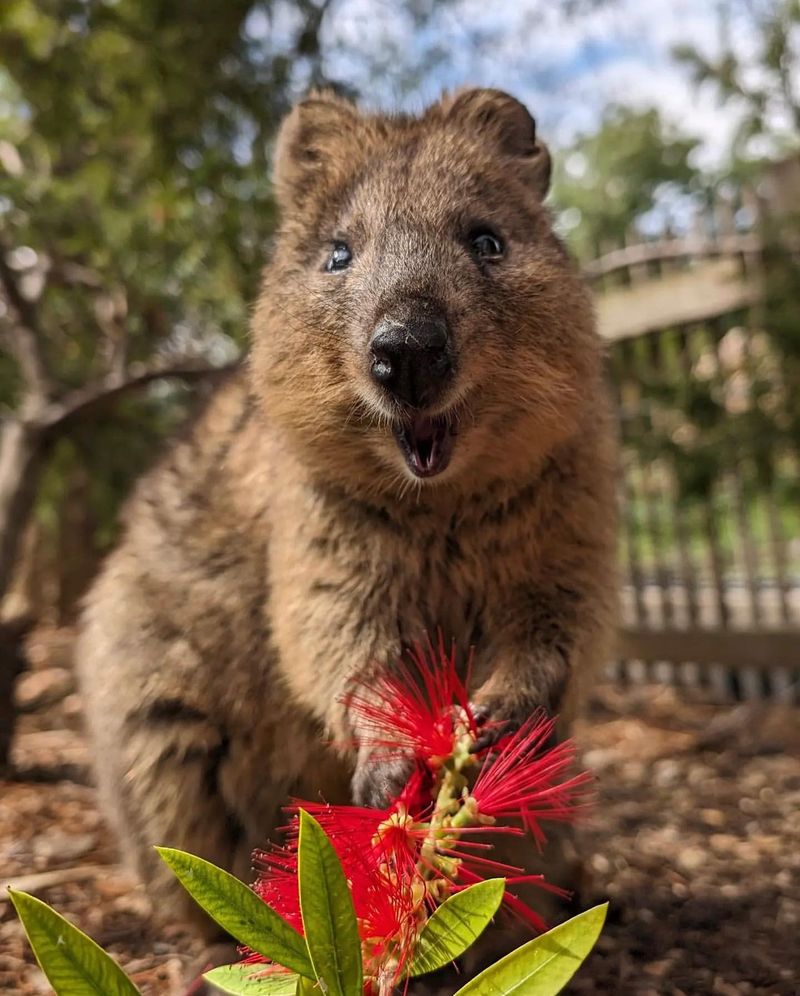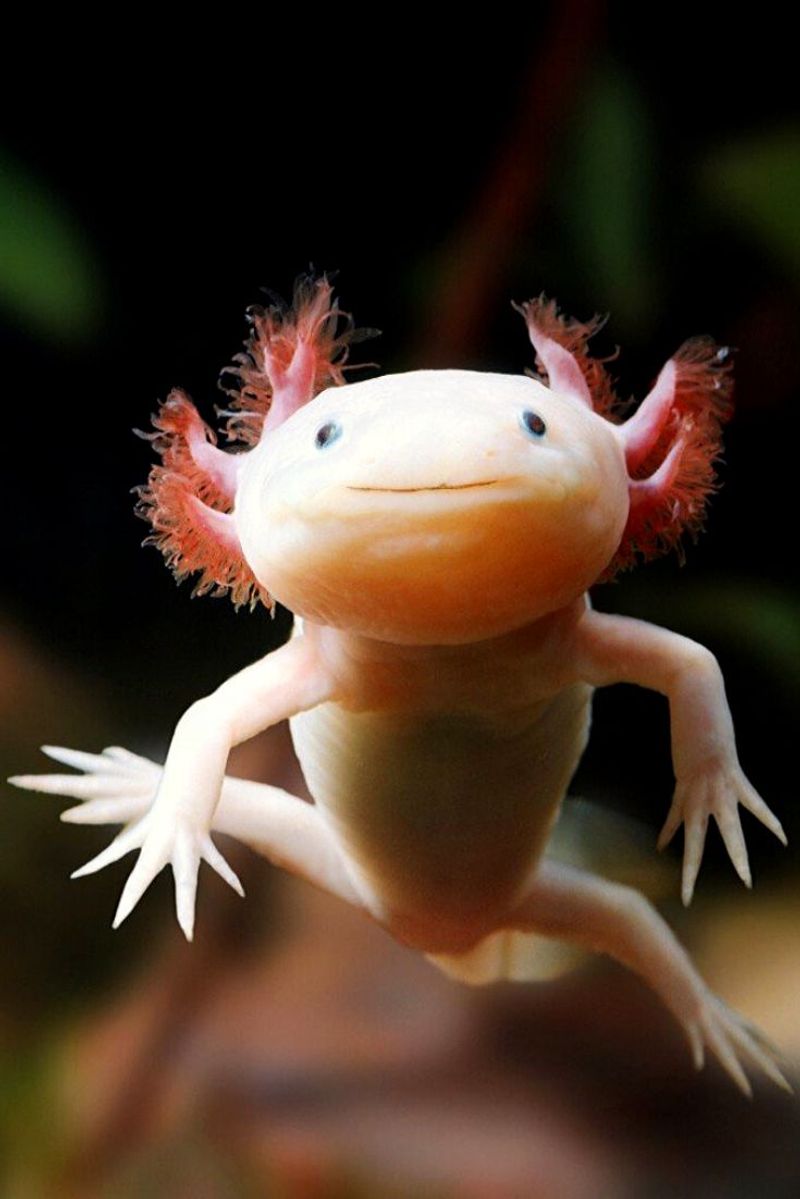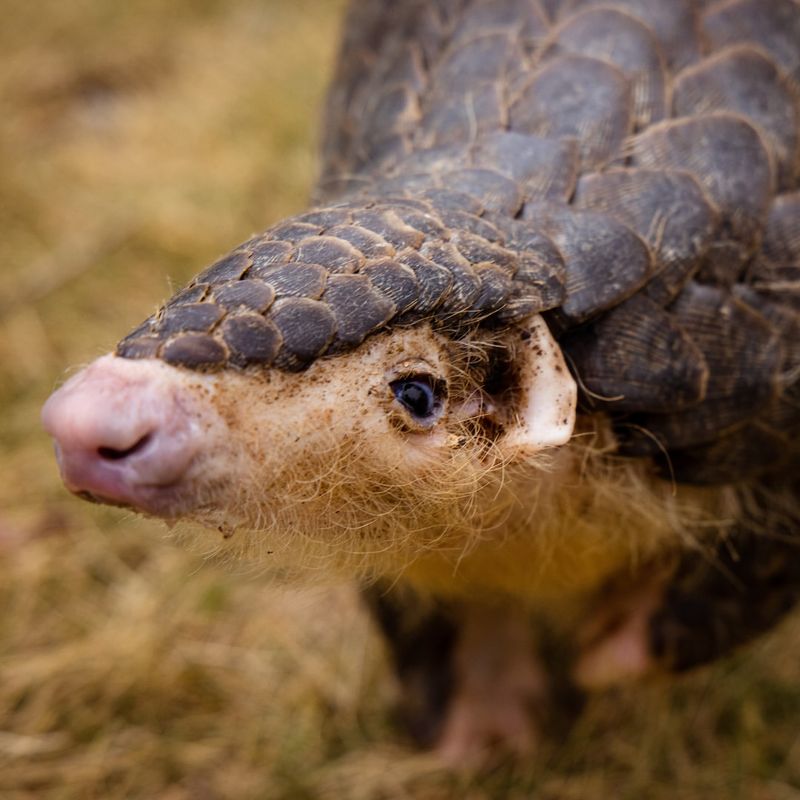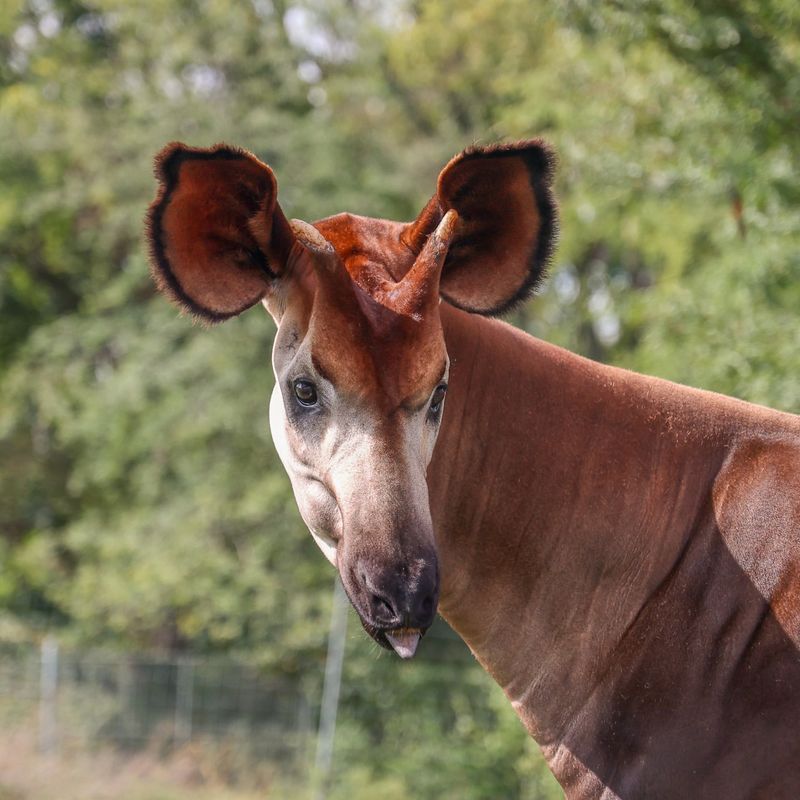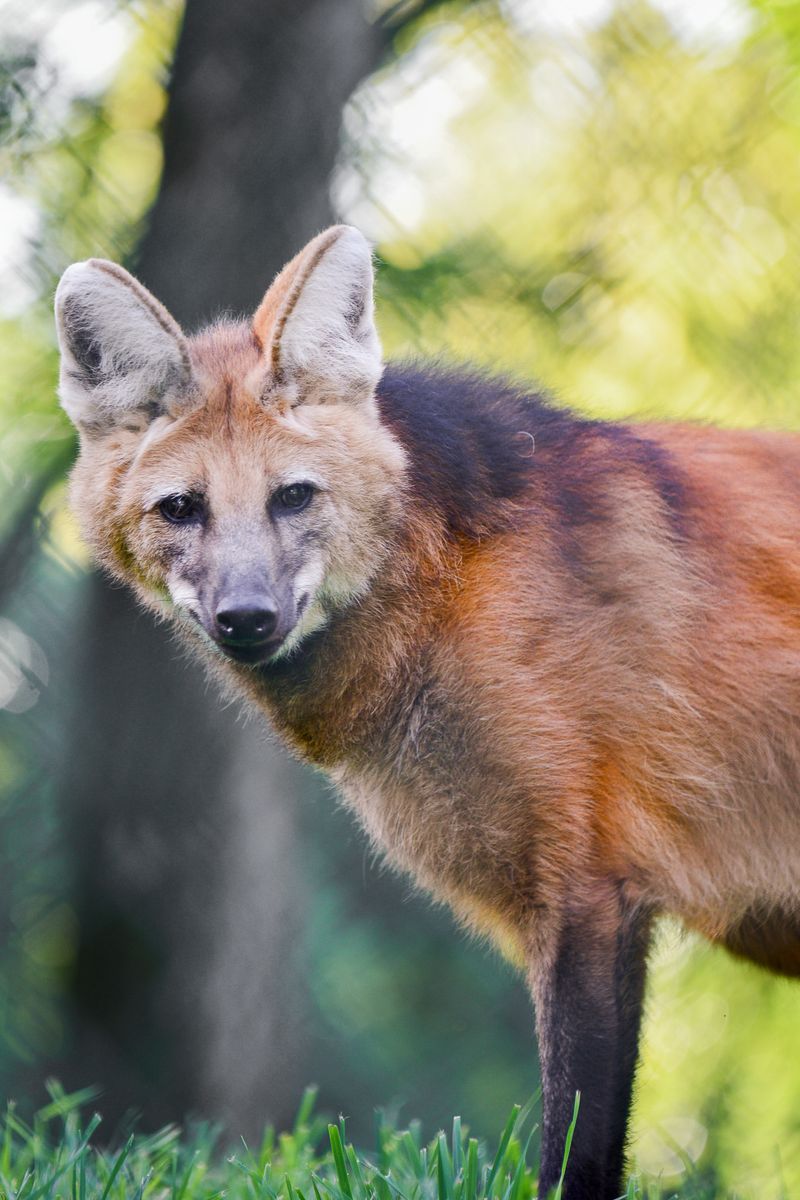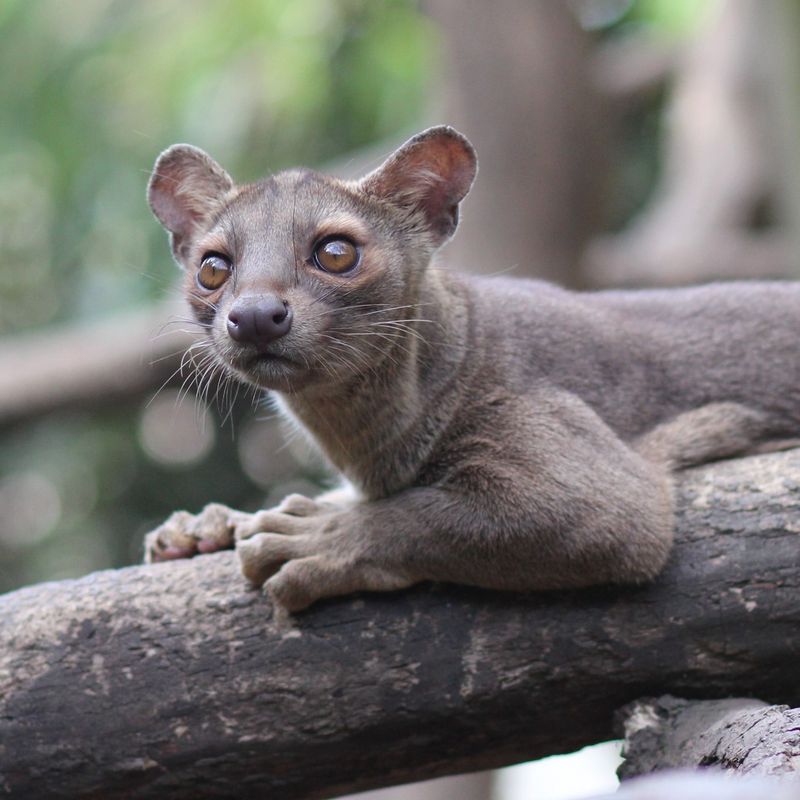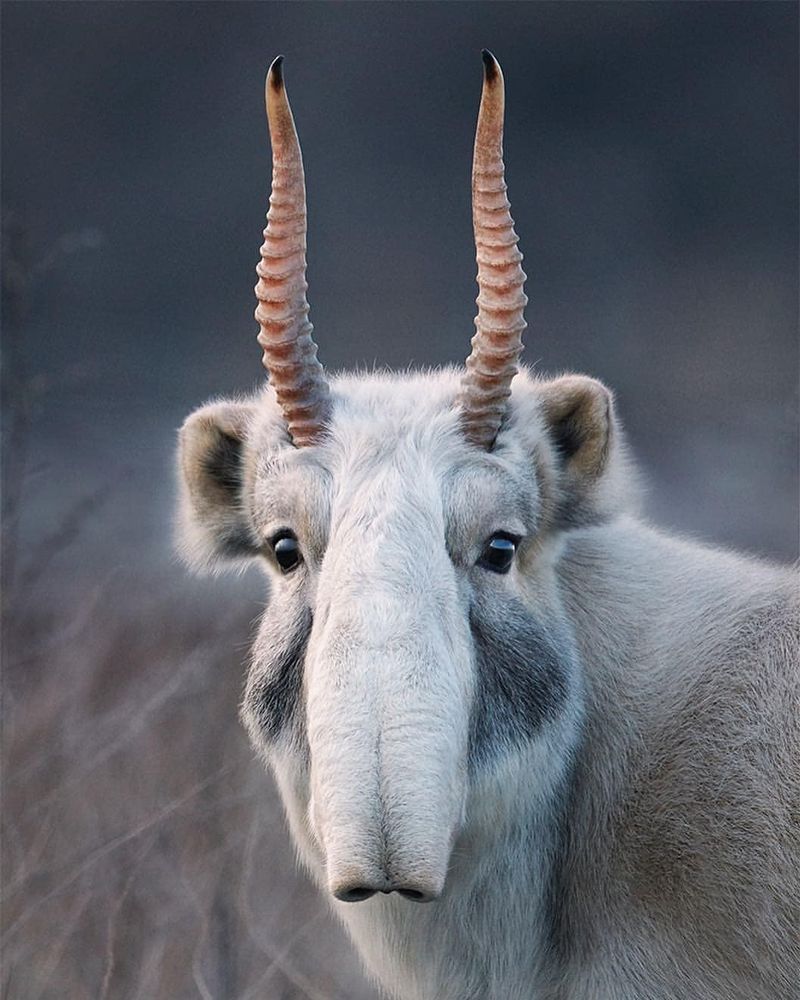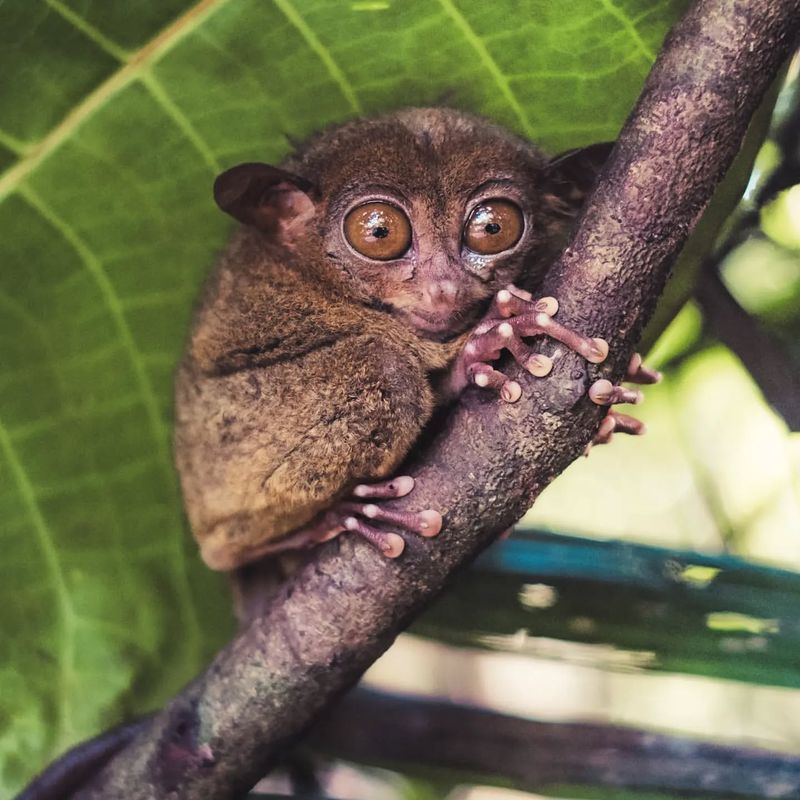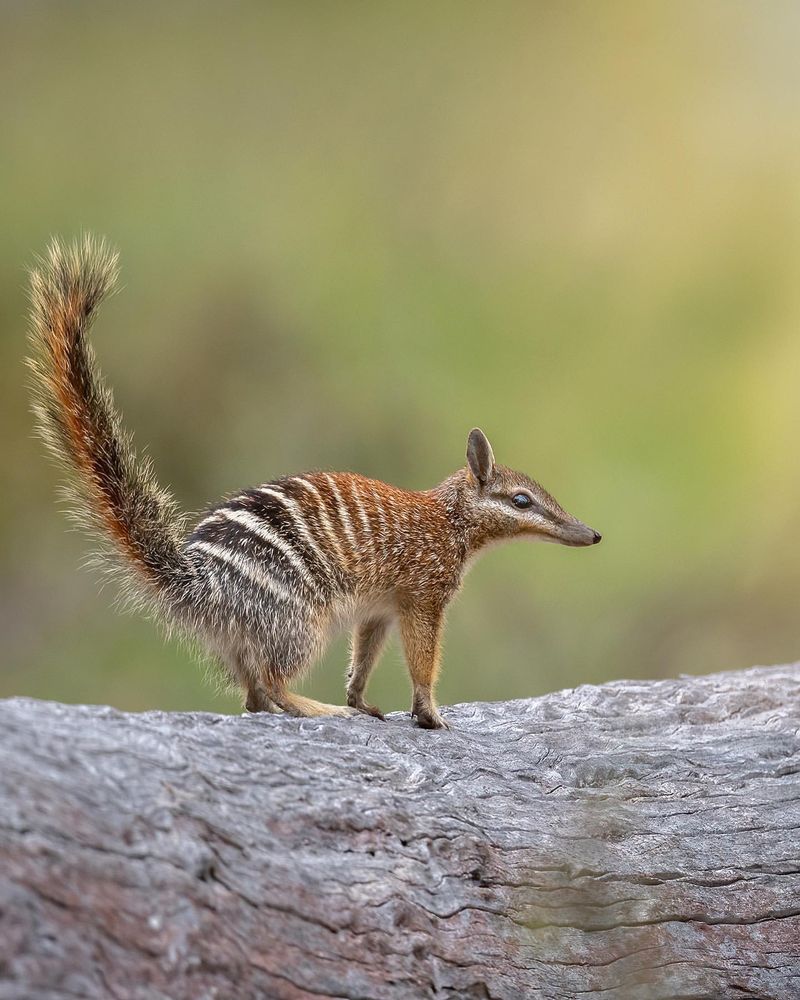📖 Table of Content:
In the expansive world of animals, many fascinating creatures remain hidden in the shadows, often overshadowed by more famous species. These underrated animals may not have the spotlight, but they possess extraordinary qualities that make them truly remarkable. By taking the time to learn about them, you’ll discover a wealth of surprises and delights that are worth appreciating.
While certain animals dominate the spotlight, it’s the lesser-known creatures that often have the most intriguing traits. From unique survival strategies to mesmerizing behaviors, these animals have much to offer. As we take a closer look at these hidden gems, you’ll see how diverse and captivating the animal kingdom really is.
You’re about to discover 10 underrated animals that deserve more attention and love. Their fascinating characteristics and often overlooked contributions to ecosystems will leave you with a newfound appreciation. Prepare to be amazed by the creatures you never knew you were missing.
1. Quokka
Known as the world’s happiest animal, the quokka is a small marsupial native to Australia. Its friendly demeanor and perpetual smile have made it a social media sensation. Quokkas are nocturnal creatures that spend their nights foraging for food. They are herbivores, primarily feasting on leaves, grass, and roots.
Despite their charming appearance, quokkas are vulnerable due to habitat loss and predation by introduced species. Conservation efforts are underway to protect their dwindling populations. Encountering a quokka in the wild is a delightful experience, offering a unique glimpse into the playful nature of this enchanting creature.
2. Axolotl
Known for its regenerative abilities, the axolotl is often dubbed the “Mexican walking fish.” Unlike other salamanders, it retains its larval features throughout life, a condition called neoteny. This unique trait gives the axolotl a permanently playful appearance.
Native to the lakes of Mexico City, these creatures are critically endangered in the wild. Efforts in captivity have helped maintain their numbers, where they thrive due to their unique charm and biological marvels. Observing an axolotl in its aquatic habitat offers insights into evolutionary wonders and the resilience of nature.
3. Pangolin
Often misunderstood and mistakenly thought to be reptiles, pangolins are actually scaly mammals with a unique appearance. Found across Asia and Africa, these solitary creatures are known for their distinctive armor made of keratin scales.
Despite their formidable protection, pangolins are the most trafficked mammals, sought after for their scales and meat. Conservationists are fighting to save them from the brink of extinction. Watching a pangolin curl into a ball when threatened is a testament to its remarkable defensive adaptations. These gentle creatures deserve awareness and protection to prevent their disappearance from our planet.
4. Okapi
Often referred to as the ‘forest giraffe,’ the okapi is a striking creature found in the rainforests of Central Africa. With zebra-like stripes on its legs and a giraffe-like head, it is a true enigma of the animal kingdom.
Okapis are solitary animals, known for their elusive nature and preference for dense forest habitats. They feed on leaves, fruits, and fungi, using their long tongues to reach high branches. Despite their elusive reputation, okapis are under threat from deforestation and hunting. Protecting their habitat is crucial for their survival and the biodiversity of the region.
5. Maned Wolf
The maned wolf, often mistaken for a giant fox, is a unique canid found in South America’s grasslands. Its long legs and striking red fur make it an icon of the region’s biodiversity.
Unlike other wolves, the maned wolf is solitary, hunting small mammals, fruits, and vegetables. Its distinctive scent-marking behavior helps establish territory and communicate. Despite its adaptability, habitat loss and road collisions pose significant threats. Conservation efforts focus on preserving its natural habitat. Encountering a maned wolf is an unforgettable experience, highlighting the beauty and mysteries of South America’s fauna.
6. Fossa
A top predator in Madagascar’s ecosystems, the fossa resembles a mix between a cat and a mongoose. This elusive carnivore plays a vital role in maintaining the balance of the food chain. Its hunting skills help regulate populations of other species, making it an essential part of its native habitat.
Fossas are agile hunters, preying on lemurs and other small animals. Their retractable claws and flexible ankles allow them to navigate both trees and ground with ease. Despite their importance, fossas face threats from habitat destruction and hunting. Conservationists are striving to protect their dwindling numbers. Observing a fossa in its natural environment offers insight into Madagascar’s unique wildlife dynamics.
7. Saiga Antelope
Easily recognized by their distinctive bulbous noses, saiga antelopes are adapted to filter dust while migrating across the Central Asian steppes. These unique noses help them navigate harsh environments during long-distance journeys. Highly social, saigas live in herds that travel vast distances in search of food and better grazing grounds.
Unfortunately, saiga populations have plummeted due to poaching and habitat loss. Conservation measures aim to restore their numbers, emphasizing the importance of protecting migratory corridors. Witnessing a saiga antelope in the wild is a rare and inspiring sight, showcasing nature’s adaptability and the resilience needed to survive harsh environments. Their unique appearance is a reminder of our planet’s diverse inhabitants.
8. Tarsier
Tarsiers are tiny primates with enormous eyes, adapted for a nocturnal lifestyle in the forests of Southeast Asia. Their eyes are so large that they cannot move within the sockets, leading to a head that can rotate significantly.
These agile creatures hunt insects with remarkable precision, using their elongated fingers and keen senses. Tarsiers face threats from deforestation and the illegal pet trade, making conservation efforts vital for their survival. Observing a tarsier in its natural setting is a captivating experience, offering a glimpse into the life of one of nature’s most unique primates.
9. Numbat
Endemic to Australia, the numbat, also known as the banded anteater, is a small and unique marsupial. Recognizable by its distinctive striped back and pointed snout, it has a striking appearance. This diurnal creature primarily feeds on termites, showcasing its specialized diet and fascinating behavior.
Numbats play a vital role in controlling termite populations, contributing to the health of their ecosystems. Despite their ecological importance, numbat numbers are declining due to habitat loss and predation. Conservation initiatives focus on habitat restoration and predator control. Observing a numbat in the wild provides insight into the dynamic interactions of Australia’s wildlife, emphasizing the need for ongoing conservation efforts.
10. Sunda Colugo
Known as the Sunda flying lemur, the Sunda colugo is a master of gliding, able to soar effortlessly between trees with its impressive membrane. Despite its misleading name, it isn’t a true lemur but rather belongs to a distinct order of gliding mammals. Its remarkable ability to glide makes it one of nature’s most fascinating creatures.
Found in Southeast Asia’s forests, colugos are nocturnal and feed on leaves, fruits, and flowers. Habitat destruction poses a threat to their populations, highlighting the need for conservation efforts. Spotting a colugo in its natural habitat offers a rare glimpse into the aerial acrobatics of this lesser-known yet fascinating creature. Their graceful glides are a testament to nature’s ingenuity.
